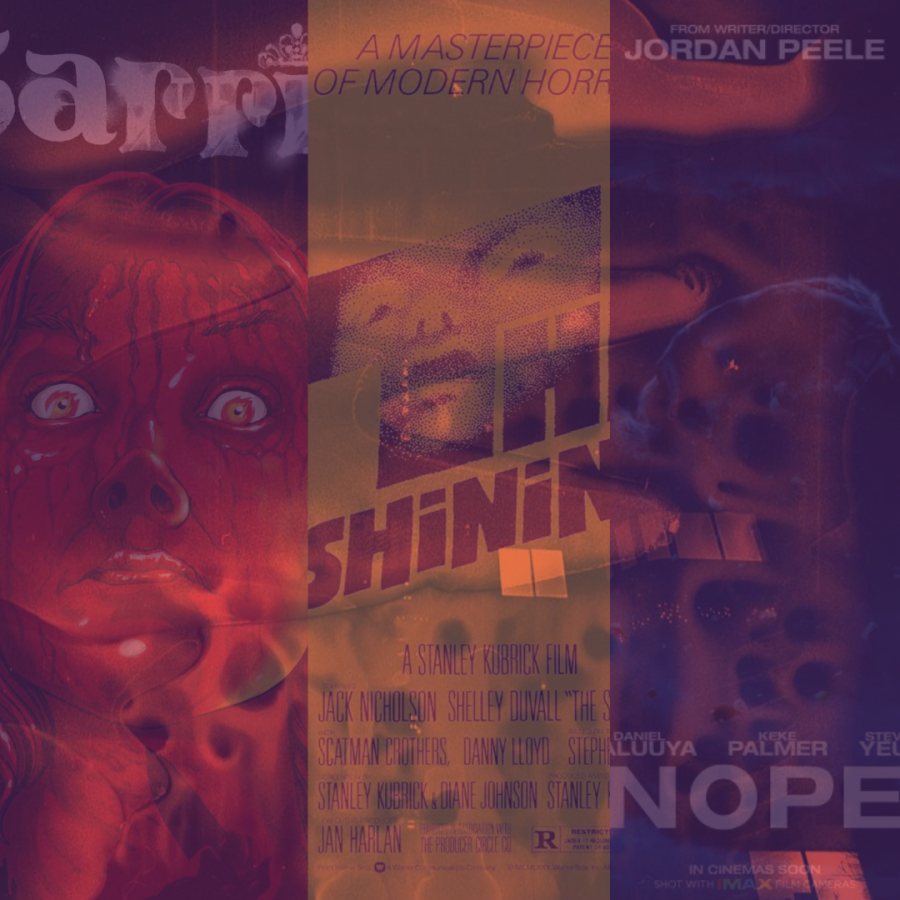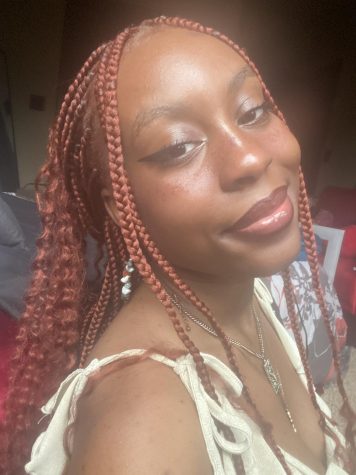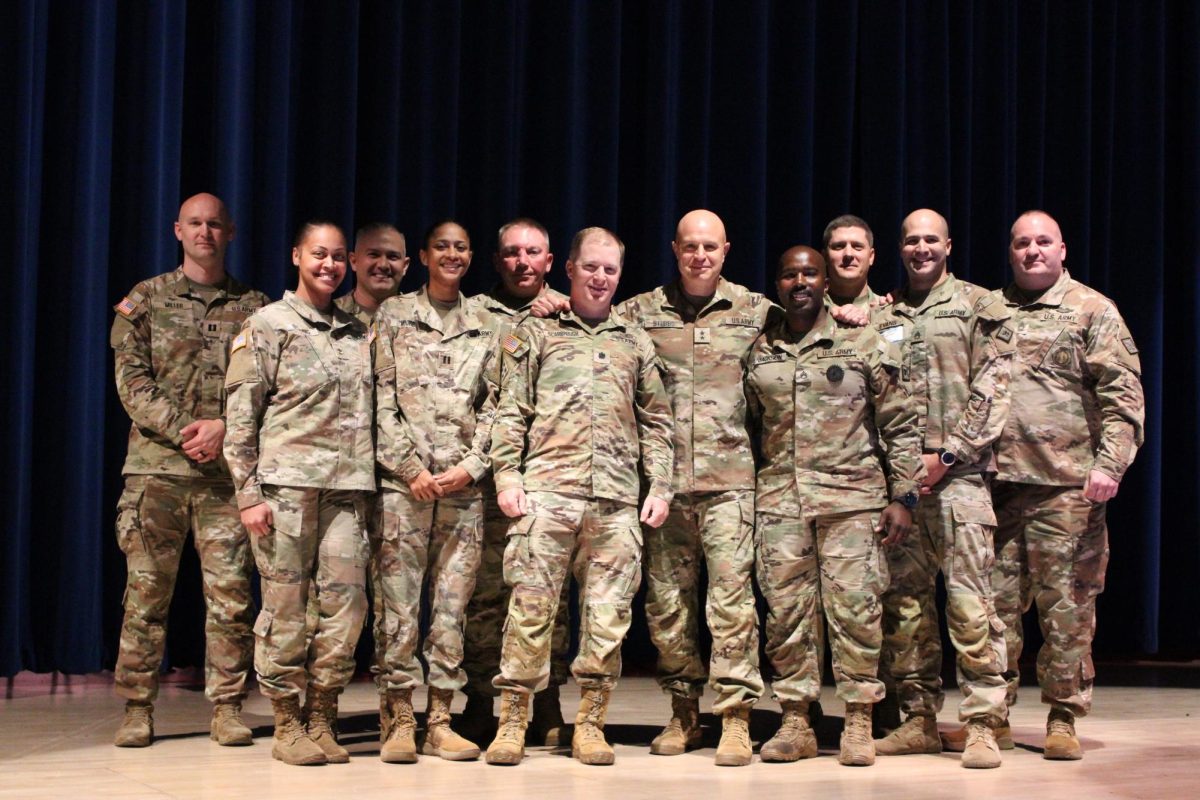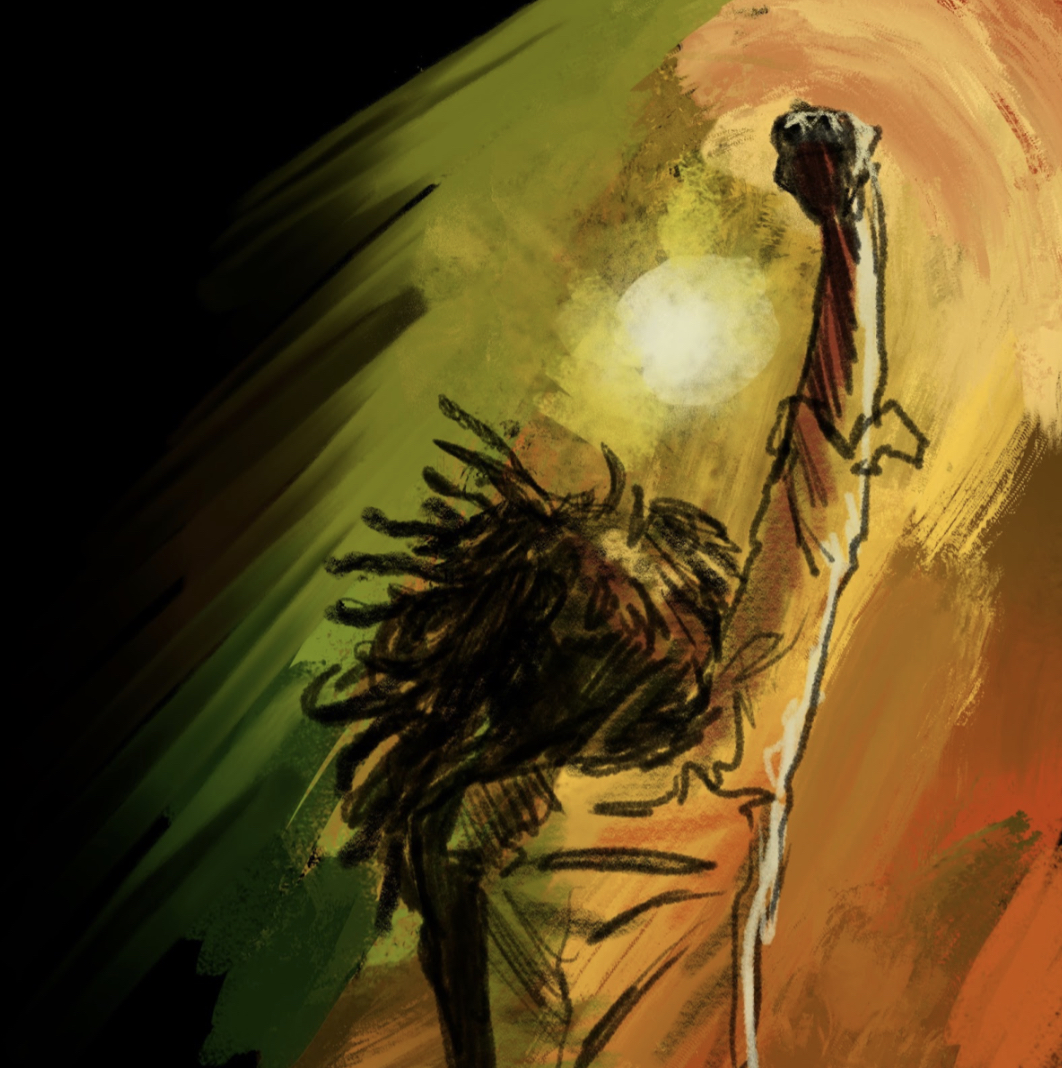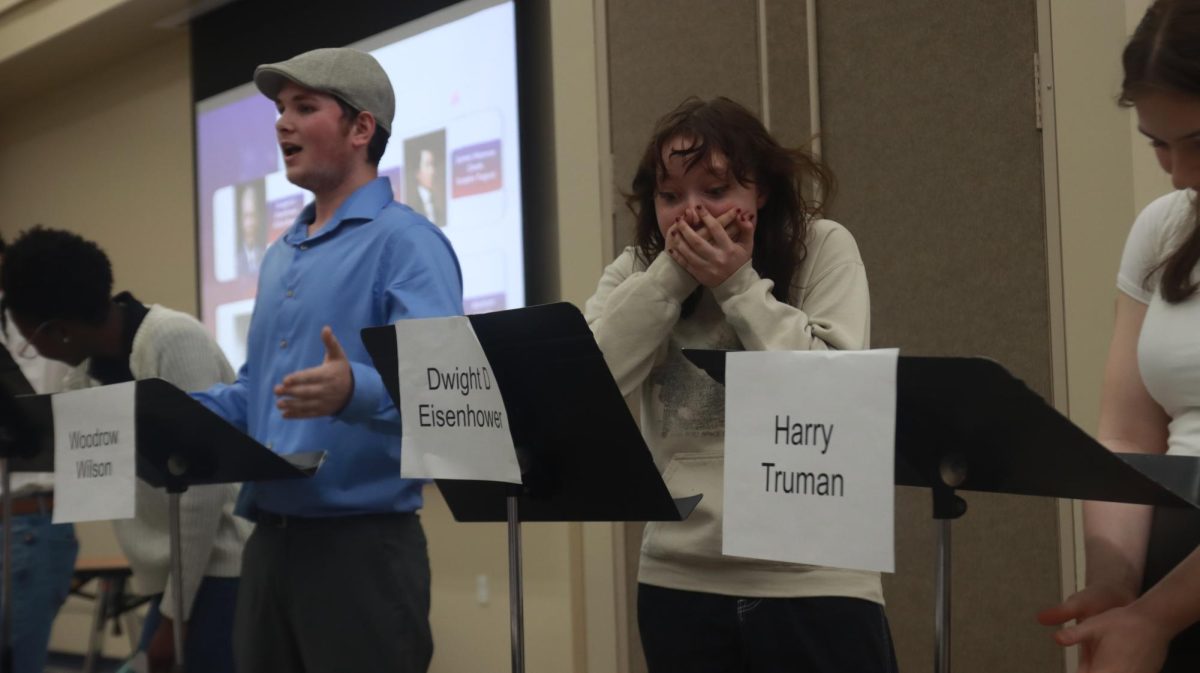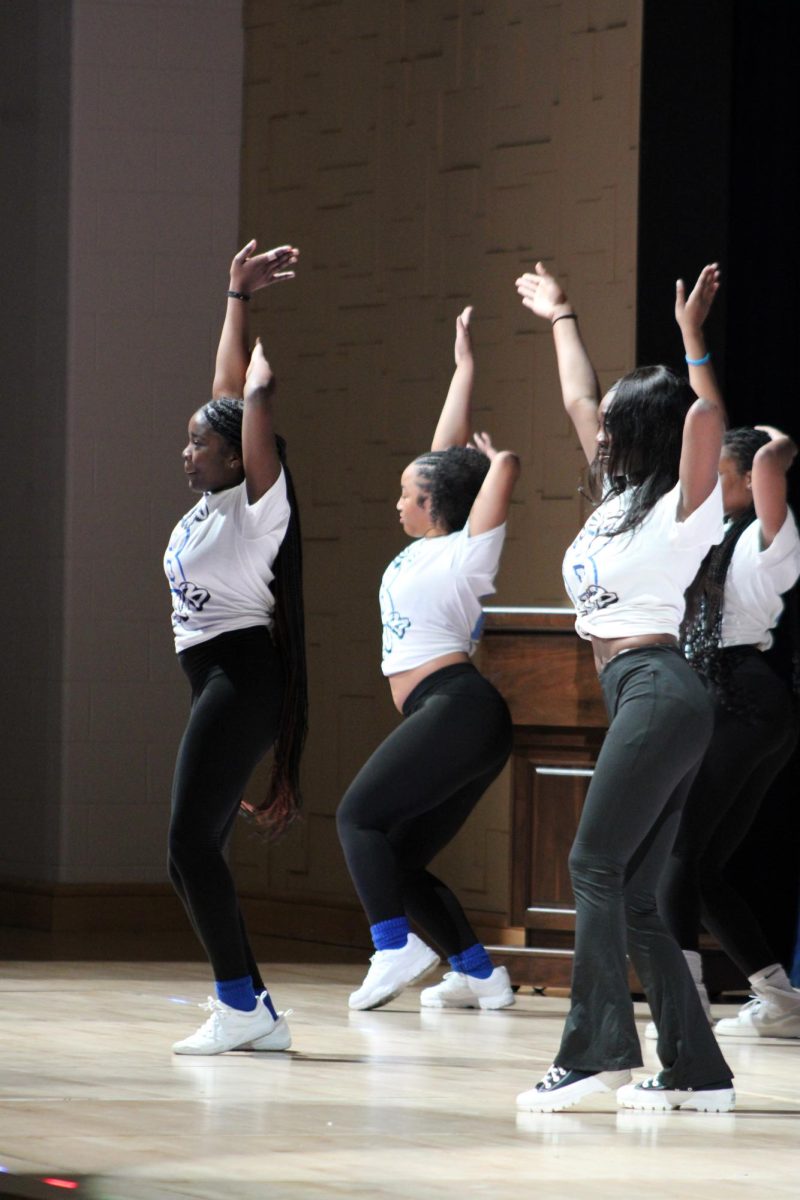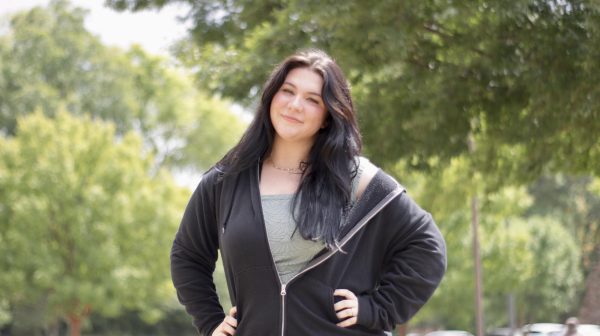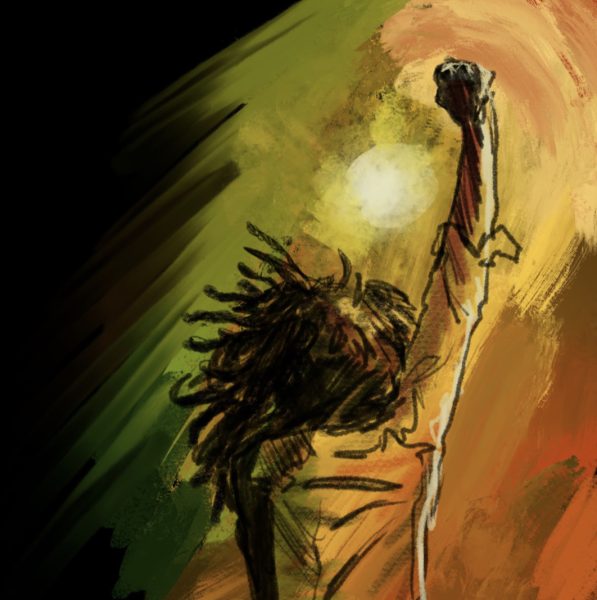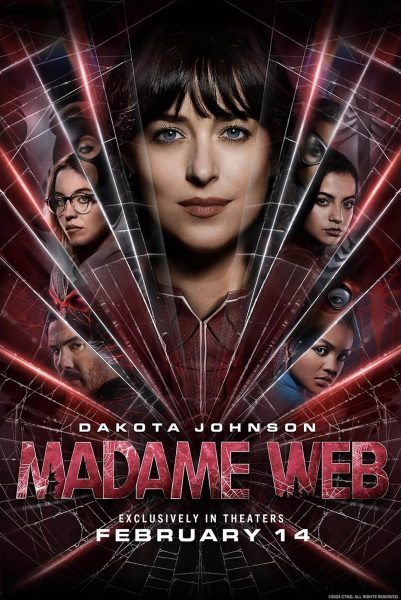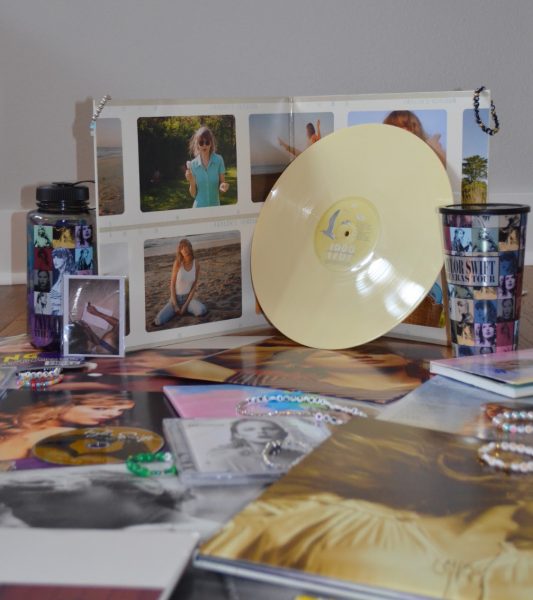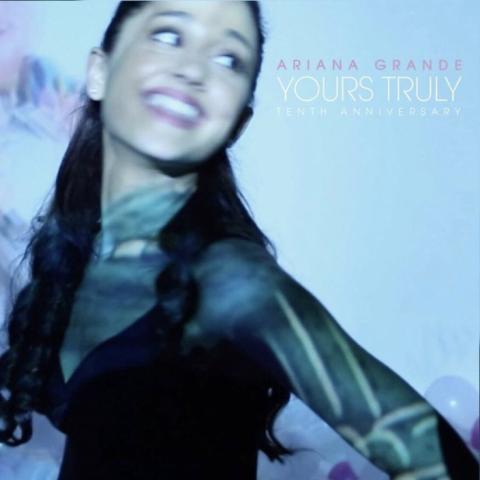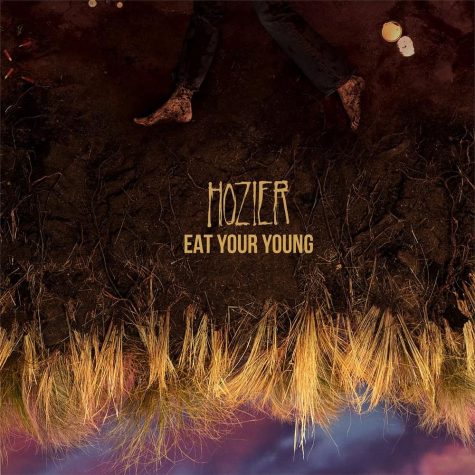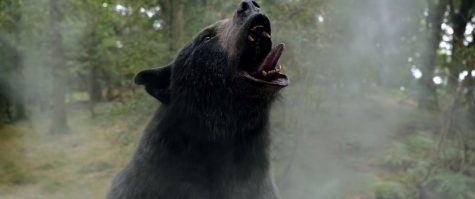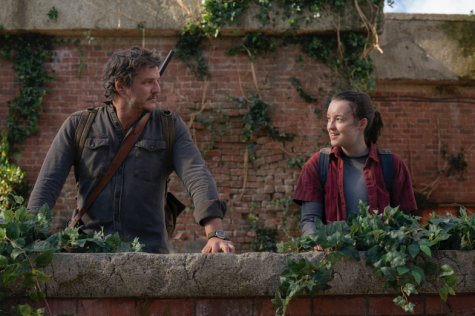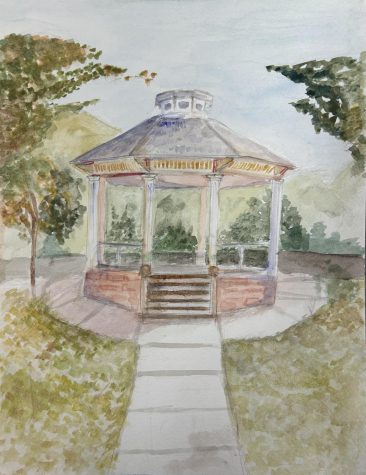A Scaredy-Cat Reviews Three Horror Movies
October 27, 2022
I want to start this review off by saying I am not the biggest fan of horror movies.
It’s hard to find the right scary movie that has the necessary balance of jump-scares and developed plot, so I am always left riveted with fear but never knowing what the movie was about. It’s kind of like walking down a busy street and suddenly being punched by a complete stranger: You have no idea what just happened, but you do know that your face hurts and you’re never walking down that street again.
Of course, there are horror movies that remain popular through the times due to their renowned intricacies of plot and fear. These features are what makes a horror movie remembered—positively remembered, at least.
Through some deep digging and recommendations from peers, I have found a triad of horror movies worth reviewing, in hopes that I will finally understand the global obsession with the genre.
Obviously, these movies aren’t the scariest, particularly because I wouldn’t be able to handle a film so terrifying without the assistance of a nightlight.
I had considered watching “Smile” (2022) directed by Parker Finn; However, I had a conversation with a friend who had watched it, and, upon her review, I think I wouldn’t be able to sleep peacefully for at least two years due to the movie’s methods of psychological horror.
So, I refrained from purchasing that inevitably-regrettable movie ticket, and decided to review three movies that are objectively frightful, but critically acclaimed for their depth: “Carrie” (1976), “The Shining” (1980), and “Nope” (2022).
“Carrie” (1976)
Directed by Brian de Palma, Produced by Paul Monash
Scare Rating: 4/10 | Plot Rating: 9/10
Adapted from Stephen King’s 1974 book of the same name, “Carrie” is a horror film about a teenage girl named Carrie White (Sissy Spacek) who discovers that she has the power of telekinesis. The movie follows Carrie as she balances her powers with the torment she faces from her high school peers and her frantically righteous mother, Margaret (Piper Laurie).
The trope of a loner character who finds out they have supernatural powers is very common. However, the film retains a sinister twist that builds up gradually and quite literally explodes in the final few moments.
While the movie begins with a 3-minute scene of nude teenage girls prancing around a school’s locker room—what else would we expect from a male-directed 80s’ movie—the movie still remains on the list of my all time favorites due to its amazing manipulation of the female rage trope.
“Carrie” encompasses the war that girls have with their mother, peers, sexuality, and even the complications of religion.
The average girl does not use her newfound telekinetic powers to brutally murder her high school peers as revenge for being publicly drowned in pig’s blood. However, Carrie’s anger showcases the relationship between developing teenage girls and the world around them, which seems to torture them for its amusement.
Rarely does a film adaptation meet the expectations of the book it was based on, but this film steals the award for satisfying both new watchers and old readers.
“The Shining” (1980)
Directed and produced by Stanley Kubrick
Scare Rating: 6.3/10 | Plot Rating: 4/10
Yes, another Stephen King adaptation. However, definitely not as good as “Carrie.” In this film, Jack Torrance (Jack Nicholson), an uninspired writer, takes a job as a hotel caretaker for six months, bringing along his docile wife, Wendy (Shelley Duvall), and troubled son, Danny (Danny Lloyd). Tormented with the dispassions of writing, Jack undergoes a psychological shift and redirects his frustration with writer’s block onto his family. This frustration is further fueled by the spirits of the Overlook Hotel, which encourage him to murder his family. Very family-friendly right?
Despite the appeal of the plot, throughout most of the 2 hour and 23 minute duration, I never received as much as I was expecting. After watching, I felt that the film lacked in terms of actual frightful scenes and smooth plot development.
Don’t get me wrong, there were definitely moments where I was a bit shaken, but those were mainly due to the perfectly-calculated musical soundtrack, largely composed by Wendy Carlos and Rachel Elkind.
In scenes which seemed to peak in climax–though they never really did–there was a particular siren-like blaring, which quite truly sent chills down my spine. The film’s musical composition gives viewers fear in the moments where the actual plot could not.
What truly makes this movie a horror film is the use of Danny’s youth to convey the sinister past that stains the Overlook Hotel. From the very beginning, there is something off about the Torrance’s young son, like his imaginary friend named Tony which “lives in his mouth” and gives him visions of butchered twins and blood flooding through an elevator. I’m no psychologist, but I’m pretty sure those are not nice images for a 5 year old to daydream about.
Children are the best way to illustrate sinister plots due to their universal representation of innocence. After all, who wouldn’t be unsettled while watching a cute, puffy-cheeked boy suddenly chant “Redrum” while holding a knife towards his sleeping mother?
While I can understand the cult obsession around “The Shining” due to the notorious quotes and esteemed reputation of director Stanley Kubrick, the film is definitely not on my personal list of favorites.
“Nope” (2022)
Directed by Jordan Peele, Produced by Ian Cooper and Jordan Peele
Scare Rating: 5/10 | Plot Rating: 8.7/10
Daniel Kaluuya and Keke Palmer star as a brother-sister duo who discover alien activity in the area of their late-father’s horse ranch.
While “Nope” doesn’t utilize jump scares like other horror films, the movie still provides a substantial amount of fear for the viewer through graphic scenes.
The film also takes advantage of confusing the audience. There were many times that I could not describe what was going on, but the depictions were scary and gruesome enough to make me unsettled.
As most viewers recognize, the character of Emerald Haywood (Keke Palmer) is largely what made the film so spectacular. Palmer’s portrayal of Haywood emphasizes the importance of lively, charismatic characters in these more serious genres. Without her humorous one-liners and alluring demeanor, the movie would surely not be as highly acclaimed.
Of course, the film is still objectively great, and I must give credit and assert that this is due to the artistry of Jordan Peele.
Peele’s horror movies, no matter how extreme or other-worldly, always have an underlying theme that connects to the world outside the T.V. screen. While “Get Out” so clearly touches on the modernization of racism and “Us” deals with the duality of humanity, it took me a moment to truly understand the hidden messages of “Nope.”
Because I knew touching on the message was an important aspect of this review, I had to sit down, grab a pen and paper, and really think about the movie after watching. Yes, it was entertaining, and I was definitely on the edge of my seat watching a chimp rip apart actors on a T.V. set, but I wanted to truly interpret the meaning. If you didn’t search deep for the message of a Jordan Peele movie, did you really even watch it?
However, I found that maybe that’s exactly Peele’s point in the movie: we don’t need an explanation for everything. This theme proves itself in the moment where antagonist Jupe Park (Steven Yeun) tries to tame the UFO and is, well, sucked up and spit right back out.
All in all, it’s a wonderful film that provides a twist on sci-fi horror along with touches of humor and thrill. Five stars, Angel, five stars!


